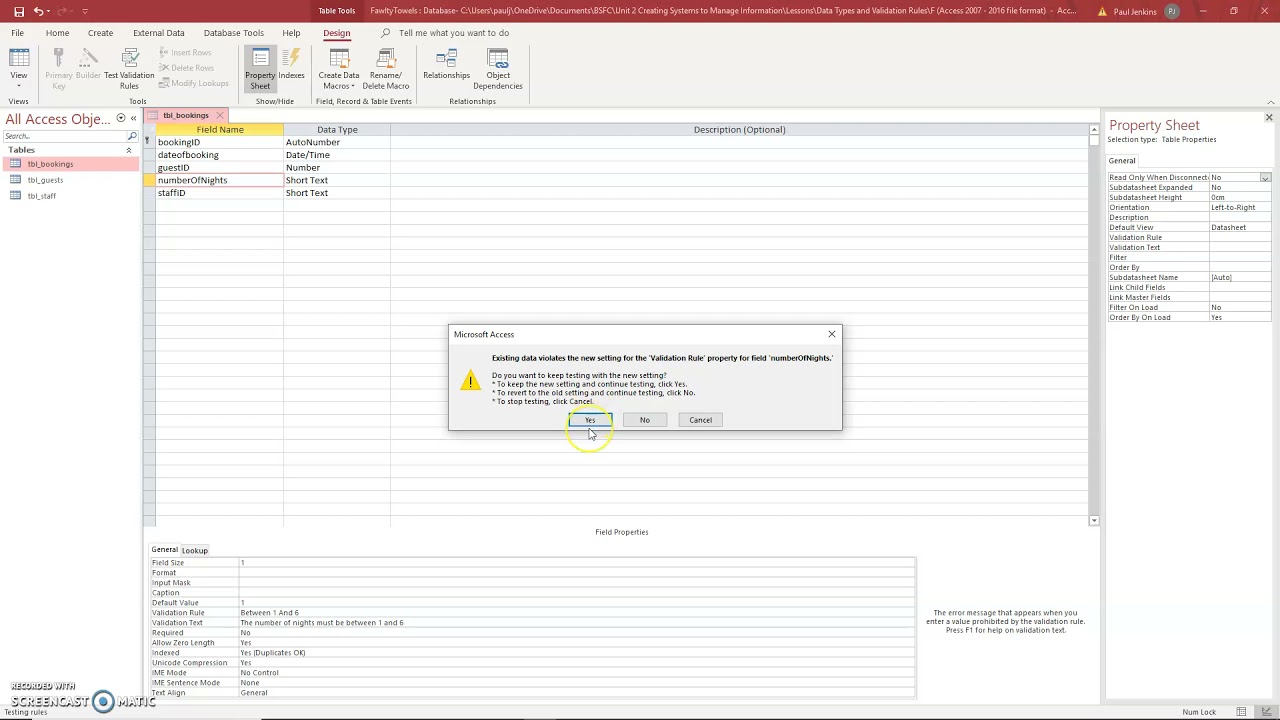Range check is a computer programming technique that is designed to prevent the software from running into an error due to bad data values, or data that falls outside of predetermined guidelines.
The range check technique requires the software application to determine whether values supplied as input to the program match pre-defined criteria. For example, if the program expects to receive values between 0 and 10, the range check will verify that the data supplied to the program meet the requirement. If the data does not match the requirements, the application will usually give the user an error message.
Range checks can be implemented in two ways. The first is to rely on existing language features, such as the syntax offered by modern programming languages like C or Java. The second is to use low-level programming language features, such as if/else or while loops, to continuously check the data as it is supplied to the program.
Range checks are important for ensuring the safety of code and applications. Without a robust range check system, an application may not be able to properly handle data that falls outside of the predetermined range, leading to software crashes or other unintended consequences.
Overall, range checking is a fundamental technique for ensuring the safety of software and applications in the computer programming world. By verifying that values supplied to a program fall within a predetermined range, software developers can ensure that their applications behave predictably and behave in a safe manner.





